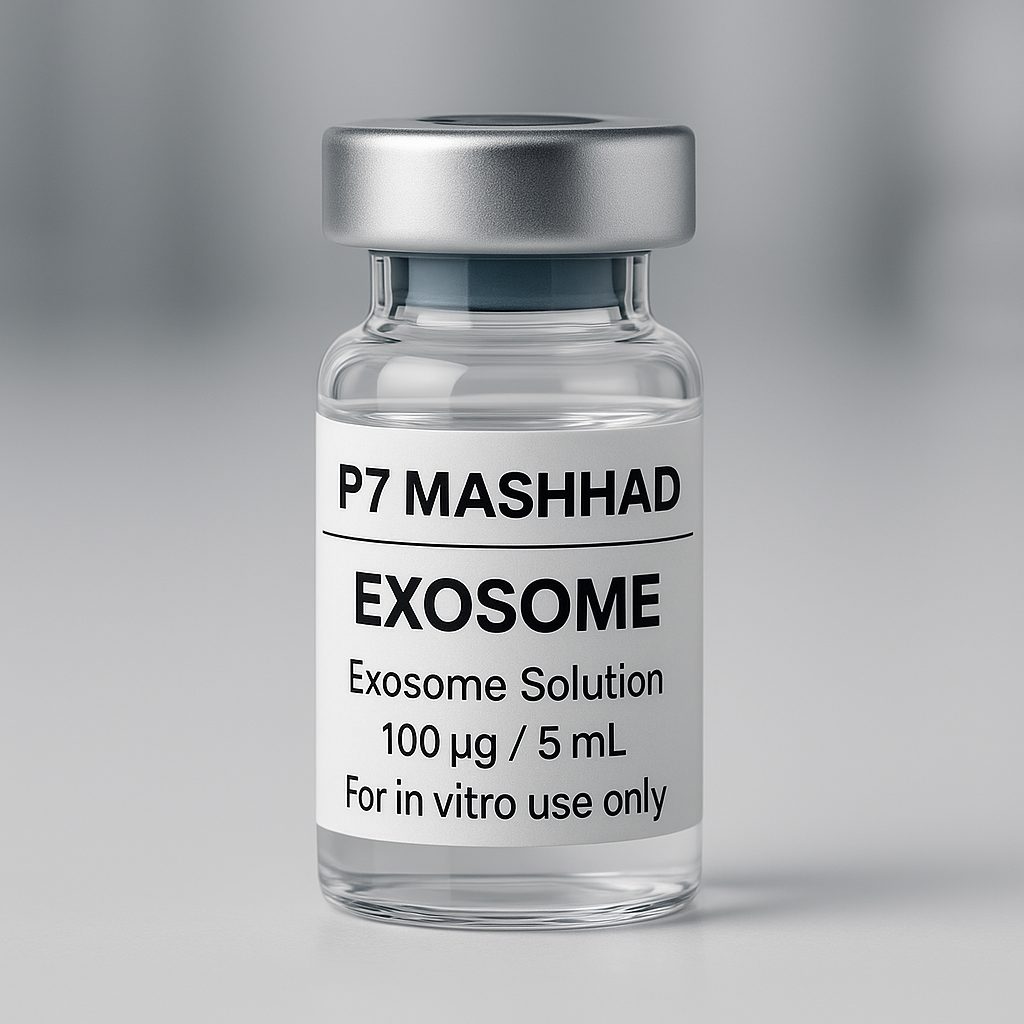Exosome Therapy: How It Works and Why It Matters

Exosome therapy is gaining attention as a promising form of regenerative treatment. It uses extracellular vesicles called exosomes to promote healing, reduce inflammation, and restore cellular balance.
What Are Exosomes?
Exosomes are nano-sized particles released by cells. They carry molecular signals such as RNA and proteins that help regulate various physiological processes. These tiny messengers are found in bodily fluids like blood and saliva.
Why Use Exosomes in Therapy?
Unlike traditional cell-based therapies, exosome-based treatments are cell-free. This means lower risk of immune rejection and easier handling. Therapies using exosomes are being explored in treating arthritis, neurological conditions, and even heart disease.
How Does Exosome Treatment Work?
These therapies offer targeted delivery without introducing live cells.
Safety and Future Potential
Early studies suggest that exosomal therapies are safe, but long-term trials are still underway. As technology advances, we may soon see exosomes play a key role in personalized medicine and drug delivery systems.
Further Reading
Read more about stem cell therapy or explore the NIH article on exosome science.
Recent advances in exosomal technology have opened the door to innovative treatments for chronic and degenerative conditions. Researchers are now developing customized exosome formulations that can target specific tissues or organs, such as the brain or heart. This level of precision could transform how we approach diseases like Alzheimer’s, Parkinson’s, and even certain types of cancer. As more clinical trials emerge, the hope is that exosome-based solutions will become an accessible and reliable option in the field of personalized medicine.

